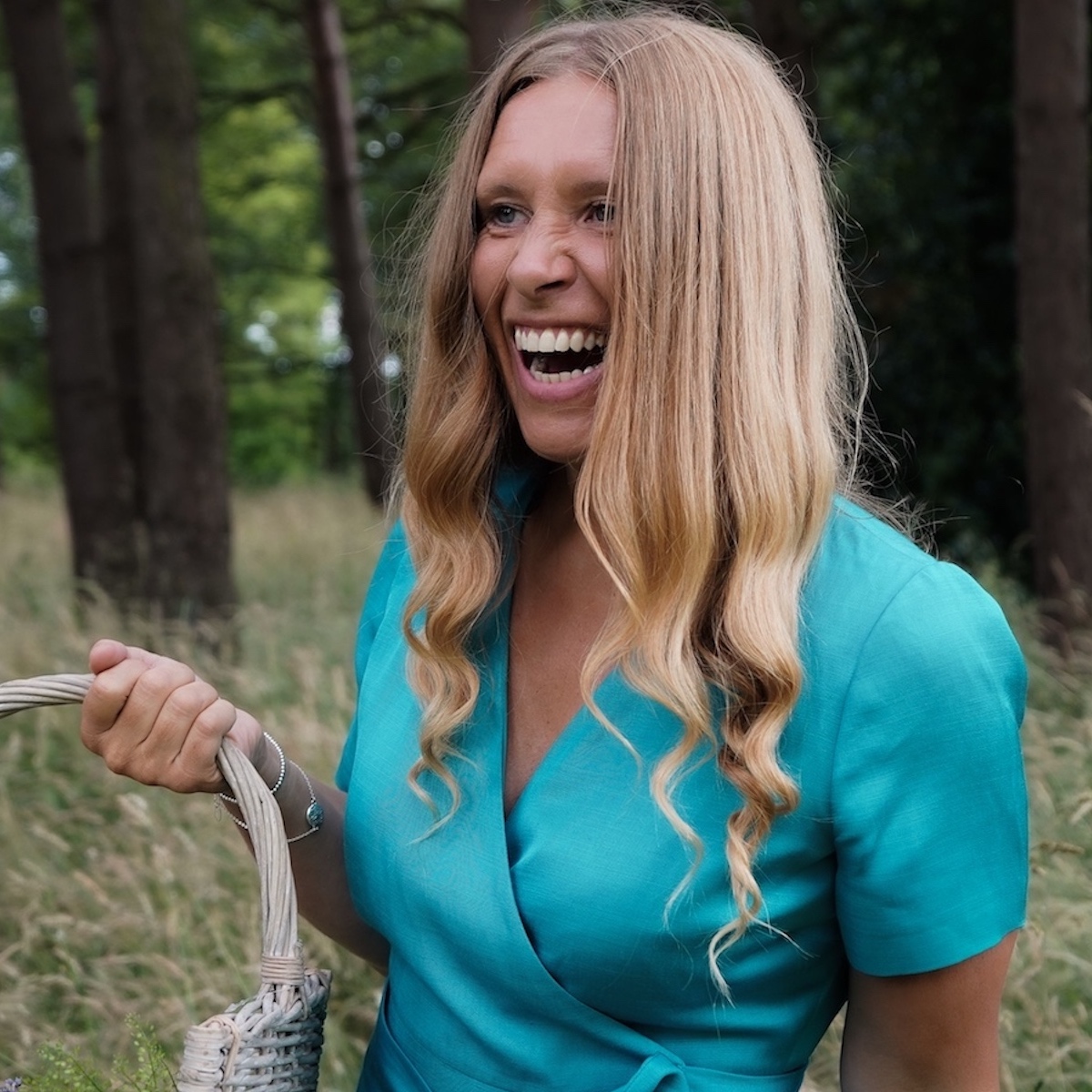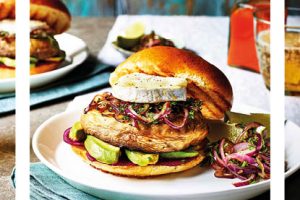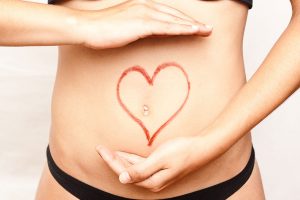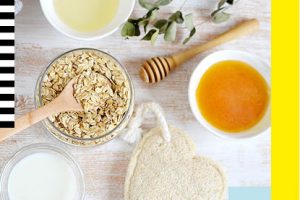How to tackle Acne, naturally
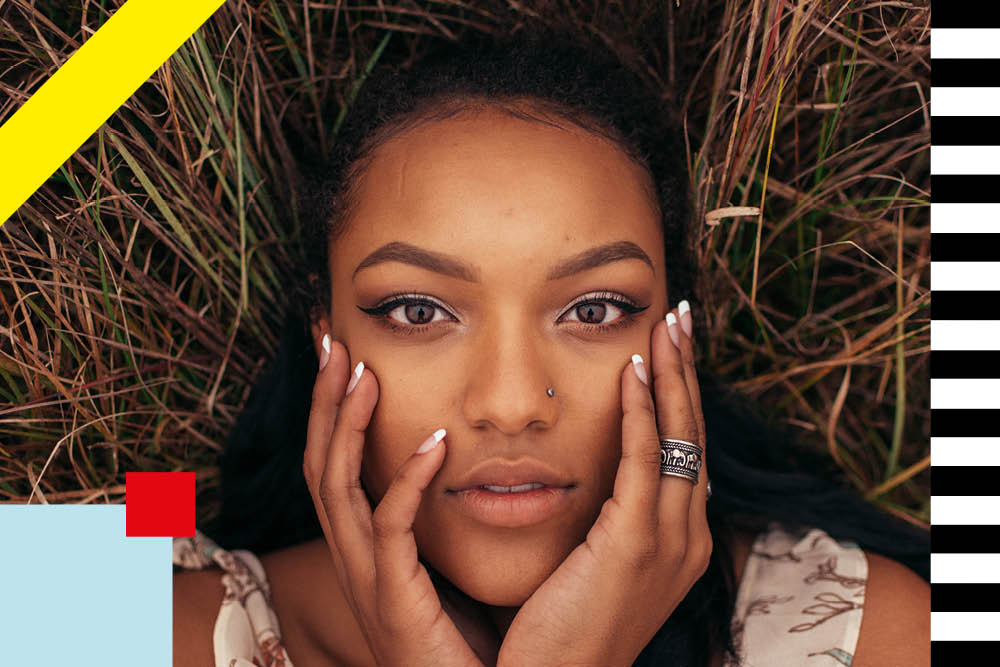
Acne plagued my teenage years. I hated it.
My best friend at school had flawless skin. I remember her giving me a makeup tutorial once. A task that she insisted was best accomplished directly under bright daylight beside her enormous bedroom window. Whilst the sun accentuated her perfection, it highlighted every blackhead and blemish on my face. I felt ugly. As she delicately applied her tinted moisturiser, I troweled on concealer as though it was going out of fashion! I was most definitely uncomfortable in my skin.
Somehow acne made me feel unclean. I would wash my face excessively with those over-the-counter teenage spot washes. I tried exfoliating, cleansing and scrubbing, but nothing really helped. The more I focused on trying to get rid of it, the worse it seemed to get.
When you’re struggling with acne, it can feel as though you’re battling with the most awful skin condition in the world. Our face is constantly visible so, short of going out in a balaclava, there’s really not much we can do to disguise it.
First, if you’re reading this with that feeling of fighting a losing battle, let me reassure you, you’re not alone. In fact, 95% of people aged 11 to 30 are affected by acne to some extent.
Secondly, you’re not as helpless as you might think. There are plenty of simple lifestyle and dietary changes you can make to help support gut and hormone health that, in turn, can play a significant role in improving your complexion.
WHY DOES ACNE OCCUR?
Acne occurs when the tiny hair follicles in our skin become blocked. Small pockets called ‘sebaceous glands’ are attached to those hair follicles and they’re directly responsible for lubricating our skin to stop it drying out. They do this by producing an oily substance called ‘sebum’. When things are out of whack, these glands can begin to produce too much sebum. This, combined with dead skin cells, can result in blocked follicles. Ordinarily harmless bacteria can then infect those clogged pores, causing increased redness and the pustules or cysts we associate with acne.
FOOD AND ACNE
Acne has many causes, and every person’s skin is different. That said, at its root, acne is an inflammatory disease and it, therefore, makes sense that certain trigger-foods can exacerbate pimples.
As we know, food sensitivities can vary in each individual. They occur when our immune system mistakenly identifies food as a threat and launches an attack against it. Since there are countless foods that our immune system can react to, the best way to figure out your unique triggers are by embarking on an elimination diet such as the 28-day plan in my book Radiant.
WHAT MAKES IT WORSE?
Broadly speaking, there is certainly a strong link between our Western diet and acne. Foods high in sugar and saturated fats such as white bread, sweets, fried foods, ice cream and fizzy drinks can cause a spike in our body’s insulin levels that can further exacerbate inflammation. These sharp insulin spikes increase the production of the sebum mentioned earlier and contribute to the clogging of pores.
Another common inflammatory trigger for acne is dairy. Whilst many evidence-based studies agree that acne can be exacerbated by milk products, researchers are still trying to figure out the underlying connection.
Sometimes dairy cows are treated with artificial hormones to improve their milk supply. Research suggests that those hormones might throw our own off-kilter, triggering an acne flare. Other theories consider the growth hormones already present in milk (which is ultimately designed to help a baby calf grow) and their impact on our endocrine system, signaling breakouts. Besides hormones, milk is known to raise insulin levels, independent of its effects on blood sugar, which may also worsen acne severity.
So, if we’re working to reduce fast-food, cheap carbs, sugar and dairy, what should we be concentrating on including more of in our diet to support our skin?
Turmeric: this spice contains the anti-inflammatory compound ‘curcumin’, which can help regulate blood sugar, improve insulin sensitivity and inhibit the growth of acne-causing bacteria.
Zinc: Nuts, seeds and whole grains are rich in zinc, which in turn has antioxidants that naturally support the fight against acne.
Selenium: just six brazil nuts a day fulfils our recommended selenium requirements. Through increasing our overall antioxidant levels, selenium helps to decrease the inflammation that contributes to acne.
Plant-based diets: rich in antioxidant fruits and vegetables, a plant-based diet focusing particularly on berries and dark leafy greens can be great for boosting our complexion.
Probiotics: naturally present in kombucha, sauerkraut and pickles, these gut-battling biotics may help reduce inflammation by promoting the growth of healthy bacteria in the gut.
ACNE AND HORMONES
New research suggests that a person’s endocrine system – the system responsible for regulating the body’s hormones – can have a profound effect on the appearance of our skin.
Our endocrine system regulates processes such as our metabolism, growth, tissues, sexual function, reproduction, sleep and mood, amongst other things.
We know that hormones most certainly share a strong correlation with acne. Androgens are a group of hormones that play a role in male traits and reproductive activity. These increase in both boys and girls during puberty. They widen the skin’s oil glands and encourage them to produce more sebum and that, in turn, can result in acne breakouts. In girls, androgens can also increase because of hormonal changes related to pregnancy and starting or changing birth control pills. For older women, falling oestrogen levels may also increase instances of acne around the menopause.
It’s important to say that in more serious cases, acne in women can be the visible symptom of an underlying hormone condition. Besides irregular periods and weight gain, one of the most notable symptoms of polycystic ovary syndrome (PCOS) – a common condition that affects how a woman’s ovaries work – is acne.
Hormone-related acne tends to flare in areas that are considered ‘hormonally sensitive’, particularly the lower third of our face including the jawline, neck and chin. If you struggle with an irregular cycle and acne flares appear on the lower part of your face, I would certainly recommend speaking with a doctor.
ACNE AND WHAT WE APPLY TO OUR SKIN
Another important consideration, when it comes to minimising acne, is what we come into contact with on the surface of our skin. Synthetic skincare, hair care and cleaning products often contain endocrine-disrupting chemicals.
A study conducted in 2016 on a group of teenage girls showed a significant drop in levels of these toxic ingredients in their urine after just three days of switching to cosmetic products free of parabens, phthalates and other chemicals. The toxic load on their bodies decreased significantly, illustrating the importance of checking what’s inside the products you’re massaging into your skin.
WASHING ACNE-PRONE SKIN
There can be a temptation to cleanse constantly when you’re struggling with acne. But too much washing and scrubbing is not good for our skin. It can remove oil from the skin’s surface and irritate it further. My advice is to wash gently no more than twice a day and after exercise. Use a mild, gentle cleanser and warm water. Avoid makeup whenever possible (I know that’s easier said than done). If you really can’t live without covering up, choose water-based cosmetics marked as ‘non-comedogenic’ and do so sparingly.
NATURAL SKIN CLEANSER RECIPE:
RECIPE
- 150ml hemp seed or argan oil
- 1 tbsp vitamin E oil
- 1/2 tsp tea tree essential oil
- 1/2 tsp thyme essential oil
- 1/2 tsp rosemary essential oil
- 1/2 tsp German chamomile essential oil
- Combine the oils by pouring them into an amber pump bottle and swirling together.
- Use as an everyday cleanser. Store out of direct sunlight.
TO USE
- Take a small amount of cleanser (about three or four pumps). Distribute it evenly between your hands and begin massaging it into your face, including your neck, in circular movements.
- Massage in for at least 60 seconds, then dampen your washcloth with warm water, squeeze any excess moisture out and place the cloth over your face for a few seconds.
- Pat dry with a soft cotton towel and repeat if necessary to remove makeup.
- You can use this cleansing method morning and evening.
PATCH TEST: Always patch test first by applying a few drops of oil to the inside of your elbow or wrist. Cover with a bandage and leave for 24 hours – watch for a reaction. If there isn’t one, you’re fine with the product.
THE SCIENCE
I’ve always been a fan of using coconut oil as a natural cleanser for my skin. It’s impressively antibacterial, antiviral and anti-fungal, but that doesn’t mean it’s right for everyone.
Coconut oil scores highly on the comedogenic scale, which isn’t ideal if you’re struggling with acne because comedogenic products have a tendency to clog pores. I would suggest trying hemp seed or argan as your carrier oil instead.
Tea tree is probably the essential oil we most commonly associate with naturally treating acne. Scientists aren’t certain if that’s because it kills propionibacterium acnes (the pathogen responsible for acne) or because it reduces swelling, but either way it’s effective.
Whilst rosemary and thyme are flavours you might more commonly associate with your Sunday roast, these powerful plant oils have also shown some amazing benefits for acne prone skin. Thyme is particularly effective in the treatment of fungal and bacterial skin infections, whilst rosemary has been proven to successfully target the bacteria associated with acne.
Chamomile, meanwhile, is naturally rich in properties that reduce skin redness and lower inflammation.
Hanna Sillitoe began sharing her personal battle with skin health through an online food blog, which eventually led to her best-selling book Radiant – Recipes to Heal Skin from Within. Hanna’s book has sold over 25,000 copies around the world and it’s the 28-day plan within this book that many of her online followers credit as having cured their skin complaints.
For 10% off products at hannasillitoe.com this month enter code BALANCE10 at checkout.
Skin Healing Expert: Your 5 pillar plan for calm, clear skin by Hanna Sillitoe will be published by Kyle Books, 14th May 2020, £19.99 and is available for pre-order now.





